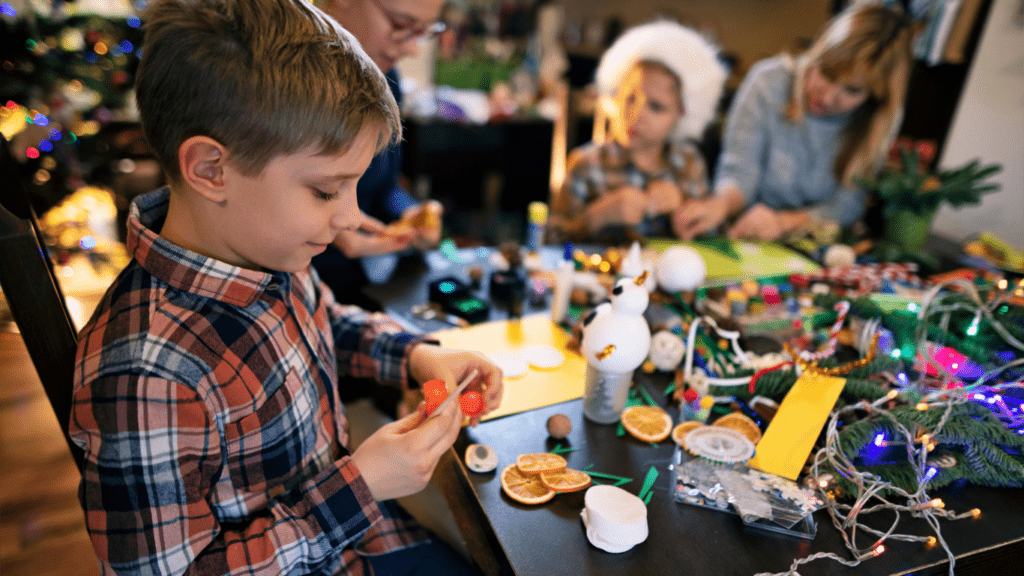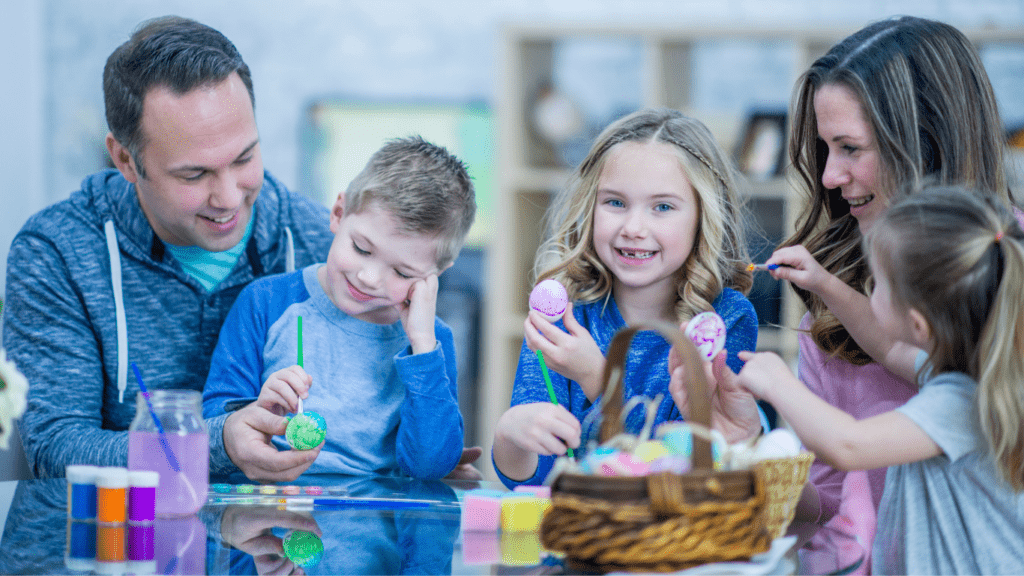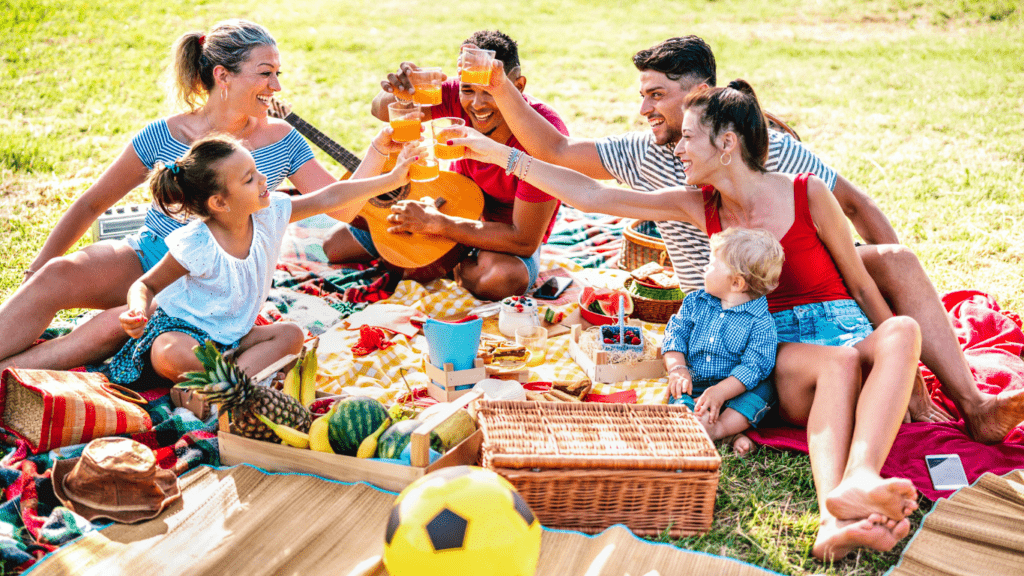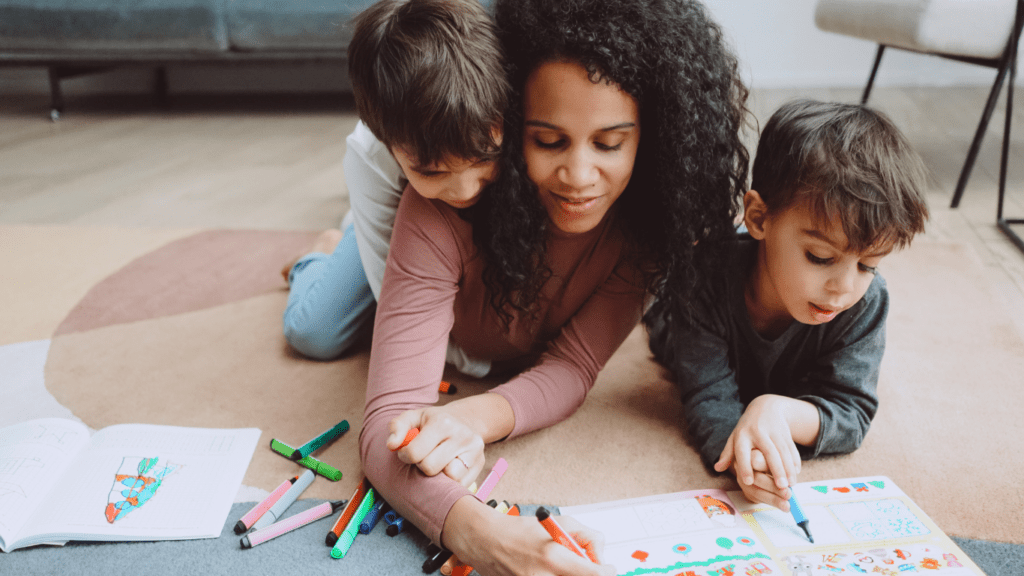There’s something magical about creating memories with your kids, especially when it involves a little creativity and a lot of fun. DIY projects aren’t just a great way to keep little hands busy—they’re also perfect for bonding, sparking imagination, and even sneaking in some learning. Whether it’s a rainy afternoon or just a moment to unplug, crafting together can turn ordinary days into something extraordinary.
Why Crafting Is Beneficial for Kids and Parents
Crafting strengthens emotional connections between parents and kids. Shared activities like making decorations or painting provide opportunities for meaningful interactions. These moments help build trust and open communication.
It develops essential skills in children. Cutting, gluing, and assembling projects improve fine motor skills, while following instructions enhances problem-solving and critical thinking. Activities like designing cards or sculpting also encourage creativity.
I find it creates a sense of accomplishment for both kids and parents. Completing a project boosts children’s confidence, while parents feel pride in their kids’ achievements. This shared satisfaction fosters a positive environment.
Crafting offers therapeutic benefits. It can reduce stress and increase relaxation after a busy day. Tasks like coloring or knitting promote mindfulness, helping kids and parents focus on the present.
It encourages teamwork. Collaboration on larger projects, such as building a model or creating a scrapbook, teaches kids to cooperate and share responsibilities. Parents can use this time to model patience and adaptability.
Essential Supplies for DIY Craft Projects
Having the right supplies ensures a smooth and enjoyable crafting experience with kids. Stocking up on quality materials saves time and sparks creativity during projects.
Basic Crafting Tools and Materials
Organizing essential tools keeps crafting efficient. I recommend including:
- Scissors: Child-friendly scissors with rounded tips.
- Glue: Non-toxic options like school glue or glue sticks.
- Paint: Washable tempera or poster paints.
- Paintbrushes: Assorted sizes for fine and bold strokes.
- Markers and Crayons: Vibrant, washable choices.
- Paper: Colored, construction, and cardstock paper.
- Rulers: Simple, clear rulers for measurements.
- Tape: Double-sided and regular adhesive varieties.
- Hole Punch: For adding designs or creating links.
Kid-Friendly and Safe Crafting Supplies
Choosing safe, child-appropriate supplies reduces risks. Focus on:
- Non-Toxic Products: Ensure paints, markers, and adhesives are free from harmful chemicals.
- Natural Materials: Wooden beads or cotton yarn.
- Flexible Fabrics: Felt, which is soft and easily cut without fraying.
- Foam Sheets: Lightweight and easy for small hands to manipulate.
- Stickers: Pre-cut, peelable options.
- Pipe Cleaners: Soft, colorful wires for bending and shaping.
Well-selected supplies enhance safety and make crafting stress-free, encouraging kids to explore their imaginations fully.
Fun and Easy DIY Projects to Try Together

Creating DIY projects with kids can be exciting and fulfilling. These simple ideas encourage creativity, teamwork, and laughter while keeping kids actively engaged.
Paper Craft Ideas
Using paper for crafts offers limitless possibilities. For instance, I like creating origami animals with bright-colored paper. Kids enjoy folding a sheet into frogs, birds, or butterflies. Another activity involves making custom greeting cards. Children can use glue, markers, and paper cutouts to design cards for birthdays or special occasions. Crafting paper chains is also a fun way to decorate rooms or prepare for celebrations. Use construction paper, child-safe scissors, and glue to connect loops in creative patterns.
Recyclable Material Projects
Turning recyclables into crafts teaches both creativity and environmental responsibility. For example, I help kids transform cardboard boxes into dollhouses or race cars with markers, tape, and stickers. Plastic bottle caps can be painted and glued to form colorful mosaics for decorating walls or boards. Egg cartons can be repurposed into caterpillars or flower pots with paint and non-toxic glue. These projects showcase how everyday items can have second lives.
Seasonal and Holiday Crafts
Crafting around holidays provides chances to celebrate together meaningfully. During autumn, I enjoy making leaf art by gluing pressed leaves onto canvases. Winter opens opportunities for crafting snowmen ornaments from felt or cotton. Valentine’s Day is perfect for creating heart-shaped decorations using red and pink paper. For spring, planting seeds in hand-decorated pots not only celebrates the season but also teaches responsibility. Each season brings its unique inspiration for themed crafts.
Tips for Making Craft Time Special
Creating a memorable crafting experience enhances the joy of spending time with kids. Simple adjustments can make these moments more enjoyable and engaging for everyone.
Setting Up a Craft-Friendly Space
- Organizing a dedicated crafting area helps keep the activity stress-free.
- I clear a table or set up a corner with enough space for supplies and projects.
- Plastic tablecloths or newspapers protect surfaces from glue or paint.
- I also ensure everything’s within reach, from scissors to markers, to avoid interruptions.
- Lighting affects creativity, so I use well-lit spaces or set up additional light sources when needed.
- A small storage box or caddy keeps materials categorized and tidy, ready for the next session.
Encouraging Creativity and Collaboration
Open-ended prompts inspire kids to experiment freely. Instead of giving detailed instructions, I ask things like, “What could we make with these?” or “How would you decorate this?” Positive reinforcement nurtures their confidence, so I celebrate every idea, no matter how small.
Collaboration makes crafting more enjoyable. I guide them to share tools or work on one piece together, like decorating a poster. I also model teamwork by working alongside them, showing the value of joint effort and mutual support during projects.





